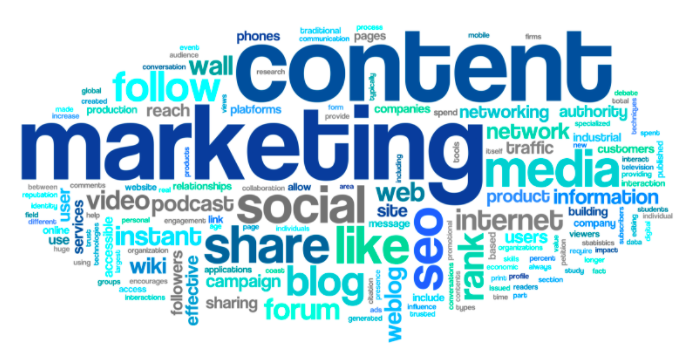Posts
Content Marketing & The Winds of Change in B2B Marketing

Reams have been written about B2C marketing to Millennials and the shifts in marketing paradigms that is required in the digital age.
An article by Eric Almquist succinctly captures the challenge of change that is being wrought in B2B marketing.
The essentials fact is that B2B decision makers and purchase researchers who are digital natives (and more and more of them are) are aware of all the details of a company’s products, the competitors’ products, product reviews, industry trends etc. even before the sales rep has got through the door. This reduces the information sharing function, which used to be 90% of a sales reps job in the pre-digital era to almost zero. The question than is what is the role of today’s B2B sales rep.
Mr. Almqusit has an interesting suggestion. The sales rep needs to become the reassuring and trust generating face of the company and the brand. That is the sales rep’s role shifts from being principally cognitive to one that is largely affective. This is a tectonic shift in the role of the sales rep with major implication on the type of people who would make for good sales reps in the digital era and their training needs. One interesting effect would perhaps be that women given their strengths in the emotional bonding dimension could compete better in a profession which has traditionally been the preserve of men.
The other key shift that B2B companies and brands will have to make in the digital era is in how they organise their digital ecosystem.
Gone are the days when a periodically-updated website that explained the company’s capabilities, track record and products would be adequate.
Some traditional B2B companies think that presence on Facebook, LinkedIn, Instagram, Twitter, YouTube etc in addition to the website brings the company and the brand’s digital ecosystem up-to-date.
While presence on social media is essential, what is required is a paradigm shift in what the company seeks to do with it’s digital assets.
A B2B brand’s digital assets in the digital age become strategic assets with the cognitive role that the sales force played in an earlier now almost entirely shifted to the digital ecosystem.
And this does not mean that merely putting out more and better organized information about the company and its products will be sufficient.
In the digital age, a B2B brand’s digital ecosystem should take on a content marketing role. That is the digital ecosystem should be focused on creating and distributing valuable, relevant and consistent content to attract and retain a clearly defined audience – and ultimately drive profitable customer action.
The content area should be in the functional areas that are core to the client company and where the B2B’s brands play a role, however small or big. That is for a B2B brand that delivers AI solutions, the content marketing arena could be about the shifts that AI will bring to various industrial sectors over the next decade. On the other hand an office machines brand like HP could content market in the area of “IOT and the Modern Workplace”.

Content marketing should also make sure that the content is not static or one-way. The content needs to be refreshed regularly through content curation and funding original content and interactions encouraged through comments. reader submissions, chat rooms etc.
Content marketing should also keep in mind that in today’s broadband age, videos work better than text.
To recognise, plan and budget for the changed role of the sales force and the strategic role of content marketing in the digital age, B2B marketers will need to revisit some basic assumptions, sooner or later. Sooner to be proactive and gain competitive advantage and later to react in the face of increased competitive intensity.
Leave a Reply